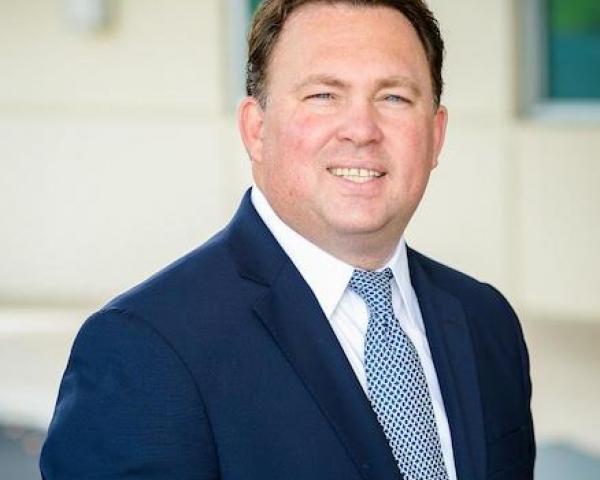Between advertising insurance policies and adopting policies in support of a specific group of people, between issuing life insurance for diabetics and rewarding people for lowering their risk of developing complications from diabetes, between high premiums with few benefits and affordable premiums with good benefits, what insurers say influences what people do.
If insurers move people to get moving, if insurers inspire diabetics to take action—to live more active lives—chance and choice can come together. That is to say, diabetics should not only have an opportunity to buy life insurance but also a range of opportunities when buying life insurance.
In a nation with 34 million diabetics, of which I am one, the insurance industry has a duty to dispel confusion with clarity. In speaking to two groups with separate conditions, in delivering separate messages for people with type 1 versus type 2 diabetes, the insurance industry can reverse years of doubt with a statement for the ages; offering hope for people in either group of a certain minimum age, so a tenth of all Americans can know the truth: that diabetes is not a point of permanent or temporary disqualification.
While a minority of diabetics have life insurance, the majority of diabetics believe they are uninsurable. This fact persists despite all facts to the contrary, not because of people’s refusal to accept the truth, but because of insurers’ failure to make the truth understandable.
The fact that failure to communicate is communicable, that what a person believes affects how a person feels, that silence among insurers serves to sanction self-destructive behavior among diabetics—until this fact ends, more lives will end before threescore years and ten; spreading sorrow as the lost fly away.
Insurers can lessen the magnitude of this tragedy, increasing financial security for diabetics and strengthening health care for all. The answer requires an economy of words and a wealth of repetition, so as to turn a message about insurability—that diabetics can and should buy life insurance—into an inevitability.
The answer is a requirement for the survival and the success of America, too, because we can ill afford illness to consume the life of our economy. We cannot allow 88 million American adults with prediabetes to further sicken or suffer, to go blind before they go limp, to lose their limbs before they lose their lives.
See also: Solving Life Insurance Coverage Gap
We cannot afford to be unclear. Not when diabetics work to live longer, and long to retire with nontaxable income. Not when diabetics want to buy life insurance, and want to better the lives of their loved ones. Not when insurers need to help diabetics, and diabetics welcome help from insurers.
Aware of the power of messaging, and able to promote awareness among the recipients of a particular message, the insurance industry can enrich the lives of diabetics.
Whether insurers save a hundred lives or a thousand lives, whether they save more lives in a month than in a year, they will save the lives of diabetics.








